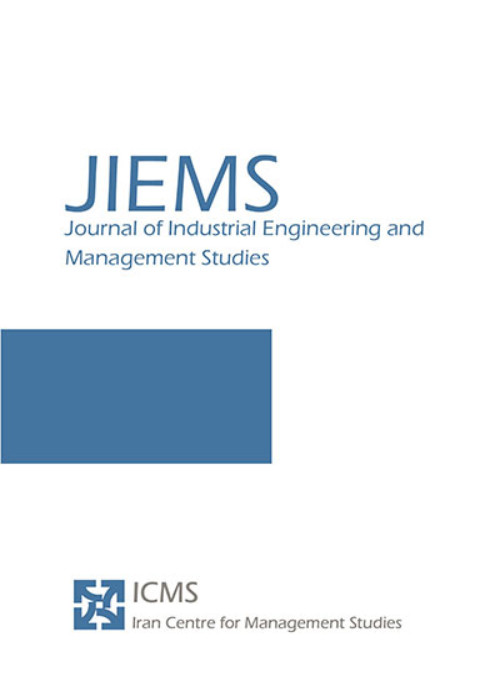Designing the optimum plan for regenerating the pedestrian network of historic districts using bi-level programming (Case study: Historical-Cultural district of Tehran, Iran)
Author(s):
Article Type:
Research/Original Article (دارای رتبه معتبر)
Abstract:
Motorized transportation systems in the urban areas witnessed huge developments in the infrastructures thanks to the advances in various aspects of technology. This urbanization revolution has its own pros and cons. The resulting dominance of vehicles has limited the presence of people in public places and their participation in social activities, threatening the human based lifestyle of the cities. Historic districts are of most affected areas which withstand the unwanted consequences of such an experience. These areas play a substantial role in urban activities by providing great social activity and walking zones for pedestrians. Hence, in recent years, urban management has paid attention to this endanger regions in order to sustain and enhance their properties by introducing some pedestrianization plan as urban regeneration policies. To design an effective plan, it is necessary to figure out how people behave in response to their environment. Pedestrian modeling is the key to the problem and is studied in the past few decades, mostly in microscopic scale. In addition, a logical decision-making process is required to choose the option with the best outcome in this complex system, considering financial limits of strategic urban planning. In this paper, a macroscopic multi-class user equilibrium pedestrian assignment algorithm is proposed to anticipate the route choice behavior of the pedestrians in a network, and a decision making platform for the pedestrian network design is presented using bi-level mathematical mixed-integer programming and genetic algorithm. The presented model determines the best possible projects to be implemented on the network, considering the constraints of the historic districts. The model brings forward an intelligent framework to help the urban planners in spending the minimum cost, while maximizing some predefined objectives. The proposed method is applied to solve the problem in a test network and in a real case scenario for the historic district of the city of Tehran. The results prove the validity and the efficiency of the algorithm.
Keywords:
Language:
English
Published:
Journal of Industrial Engineering and Management Studies, Volume:4 Issue: 1, Winter-Spring 2017
Pages:
34 to 54
magiran.com/p1768854
دانلود و مطالعه متن این مقاله با یکی از روشهای زیر امکان پذیر است:
اشتراک شخصی
با عضویت و پرداخت آنلاین حق اشتراک یکساله به مبلغ 1,390,000ريال میتوانید 70 عنوان مطلب دانلود کنید!
اشتراک سازمانی
به کتابخانه دانشگاه یا محل کار خود پیشنهاد کنید تا اشتراک سازمانی این پایگاه را برای دسترسی نامحدود همه کاربران به متن مطالب تهیه نمایند!
توجه!
- حق عضویت دریافتی صرف حمایت از نشریات عضو و نگهداری، تکمیل و توسعه مگیران میشود.
- پرداخت حق اشتراک و دانلود مقالات اجازه بازنشر آن در سایر رسانههای چاپی و دیجیتال را به کاربر نمیدهد.
In order to view content subscription is required
Personal subscription
Subscribe magiran.com for 70 € euros via PayPal and download 70 articles during a year.
Organization subscription
Please contact us to subscribe your university or library for unlimited access!


